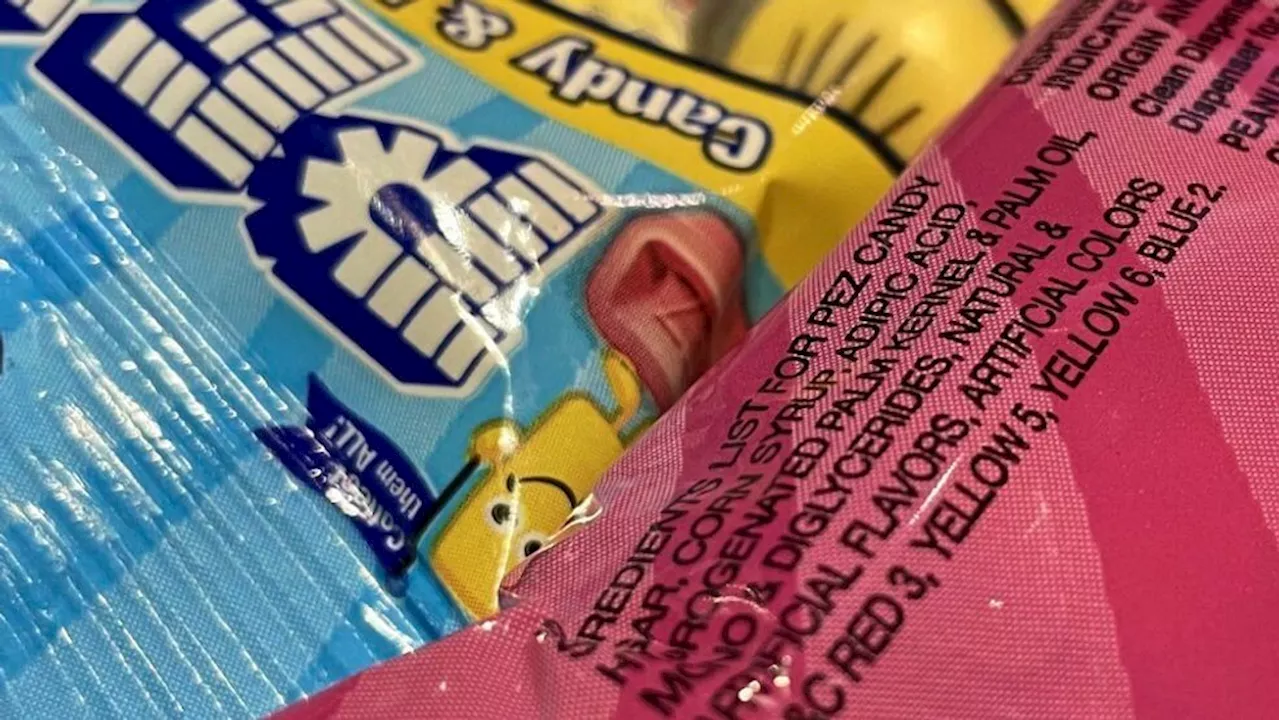The Food and Drug Administration (FDA) has banned the use of Red 3 (erythrosine, FD&C Red No. 3) in food, citing potential cancer risks based on studies conducted on laboratory rats. This ban follows a petition filed by food safety and health advocates and is effective until January 2027 for food manufacturers and January 2028 for drug makers. Despite some legal challenges anticipated, the decision emphasizes the FDA's commitment to public health and minimizing exposure to potentially harmful substances in the food supply.
U.S. regulators took action on Wednesday to ban Red 3 , a synthetic dye used to give some candies, snack cakes, and maraschino cherries their vibrant red hue. This decision, nearly 35 years after Red 3 was prohibited from cosmetics due to potential cancer concerns, comes following a 2022 petition by a coalition of food safety and health advocates urging the Food and Drug Administration ( FDA ) to revoke its authorization.
The FDA cited scientific studies indicating that Red 3, also known as erythrosine, FD&C Red No. 3, caused cancer in laboratory rats. Officials emphasized that they were compelled to act under the Delaney Clause, a federal law mandating the ban of any additive found to induce cancer in humans or animals. \This ban effectively removes Red 3 from the list of approved color additives in foods, dietary supplements, and oral medications, including cough syrups. Food manufacturers have until January 2027 to eliminate Red 3 from their products, while makers of ingested drugs have until January 2028 to comply. While other countries may still permit certain uses of Red 3, imported foods will need to adhere to the new U.S. requirement. \Dr. Peter Lurie, director of the Center for Science in the Public Interest (CSPI), a leading organization in the petition effort, hailed the decision as a long-awaited step towards addressing the inconsistency of allowing Red 3 in food while banning it from cosmetics. However, the ban's future remains uncertain as it faces potential legal challenges from food manufacturers who argue that the evidence linking Red 3 to human cancer is inconclusive. During a December hearing, FDA Commissioner Dr. Robert Califf acknowledged this risk, stating that any ban is likely to be contested in court if scientific evidence supporting the ban is lacking. \Despite the potential for legal battles, the ban marks a significant milestone in food safety regulations. CSPI and other health advocates have long campaigned for the removal of Red 3 from the food supply, citing its potential carcinogenic effects. Their efforts gained momentum in November when nearly two dozen members of Congress sent a letter to FDA officials urging them to take immediate action. The lawmakers emphasized the importance of protecting children, who consume a disproportionately high amount of Red 3 relative to their body weight compared to adults. \The FDA's decision to ban Red 3 reflects an evolving understanding of the risks associated with food additives and a growing emphasis on public health. While the dye is still permitted in certain food categories in other countries, the U.S. move signals a clear shift towards prioritizing consumer safety and minimizing exposure to potentially harmful substances
Red 3 FDA Food Dye Cancer Risk Delaney Clause Public Health Food Safety
United States Latest News, United States Headlines
Similar News:You can also read news stories similar to this one that we have collected from other news sources.
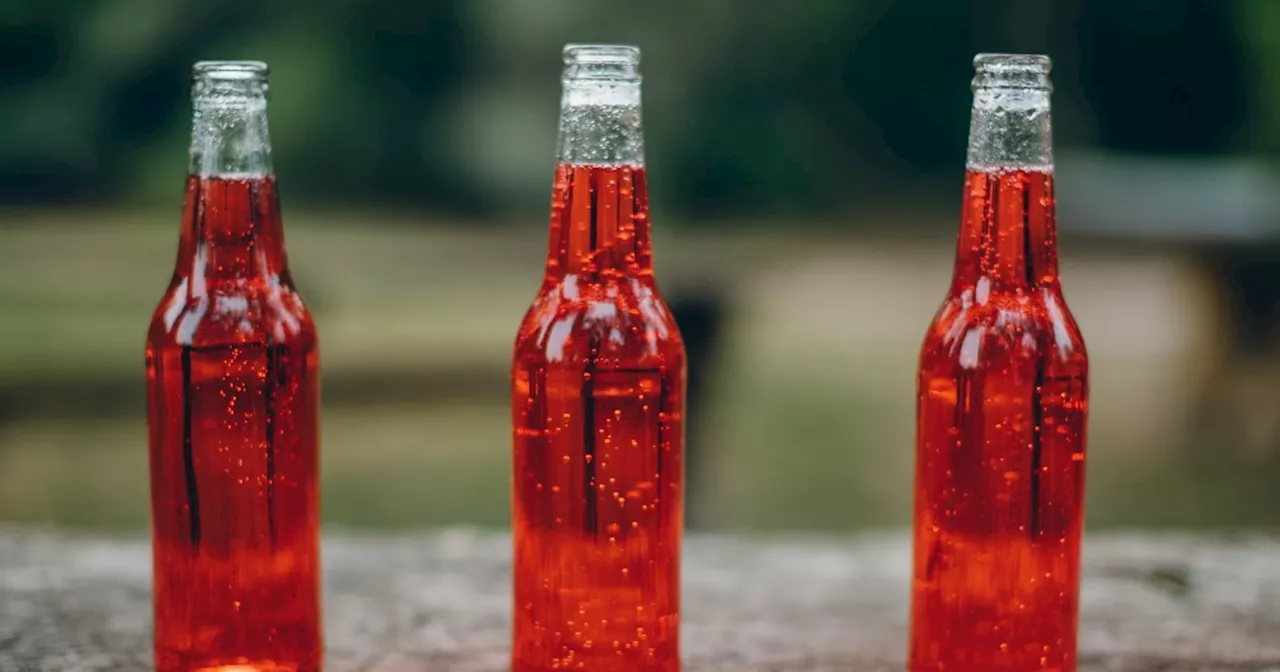 FDA Bans Red No. 3 Food Dye Over Cancer ConcernsThe Food and Drug Administration (FDA) has banned the use of Red No. 3, a synthetic dye linked to cancer in animals, in all food and beverages sold in the United States. The ban, effective January 2027, comes after years of advocacy from consumer groups and lawmakers who raised concerns about the dye's potential health risks.
FDA Bans Red No. 3 Food Dye Over Cancer ConcernsThe Food and Drug Administration (FDA) has banned the use of Red No. 3, a synthetic dye linked to cancer in animals, in all food and beverages sold in the United States. The ban, effective January 2027, comes after years of advocacy from consumer groups and lawmakers who raised concerns about the dye's potential health risks.
Read more »
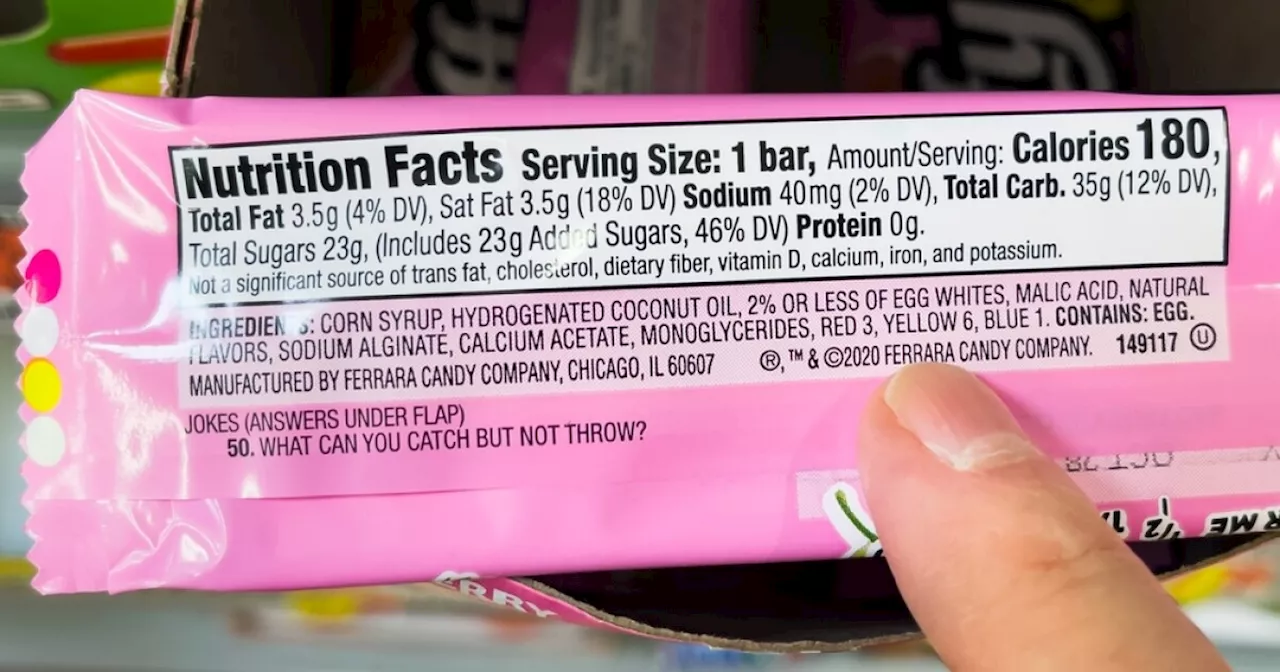 FDA Bans Popular Food Dye Red No. 3 Over Cancer ConcernsThe Food and Drug Administration (FDA) has banned the use of Red No. 3, a common food dye, in food and drugs sold in the US. The decision was made based on studies that showed a link between Red No. 3 and cancer in male rats. While the FDA says that the risk to humans is low, food manufacturers will have two years to reformulate their products to remove the dye.
FDA Bans Popular Food Dye Red No. 3 Over Cancer ConcernsThe Food and Drug Administration (FDA) has banned the use of Red No. 3, a common food dye, in food and drugs sold in the US. The decision was made based on studies that showed a link between Red No. 3 and cancer in male rats. While the FDA says that the risk to humans is low, food manufacturers will have two years to reformulate their products to remove the dye.
Read more »
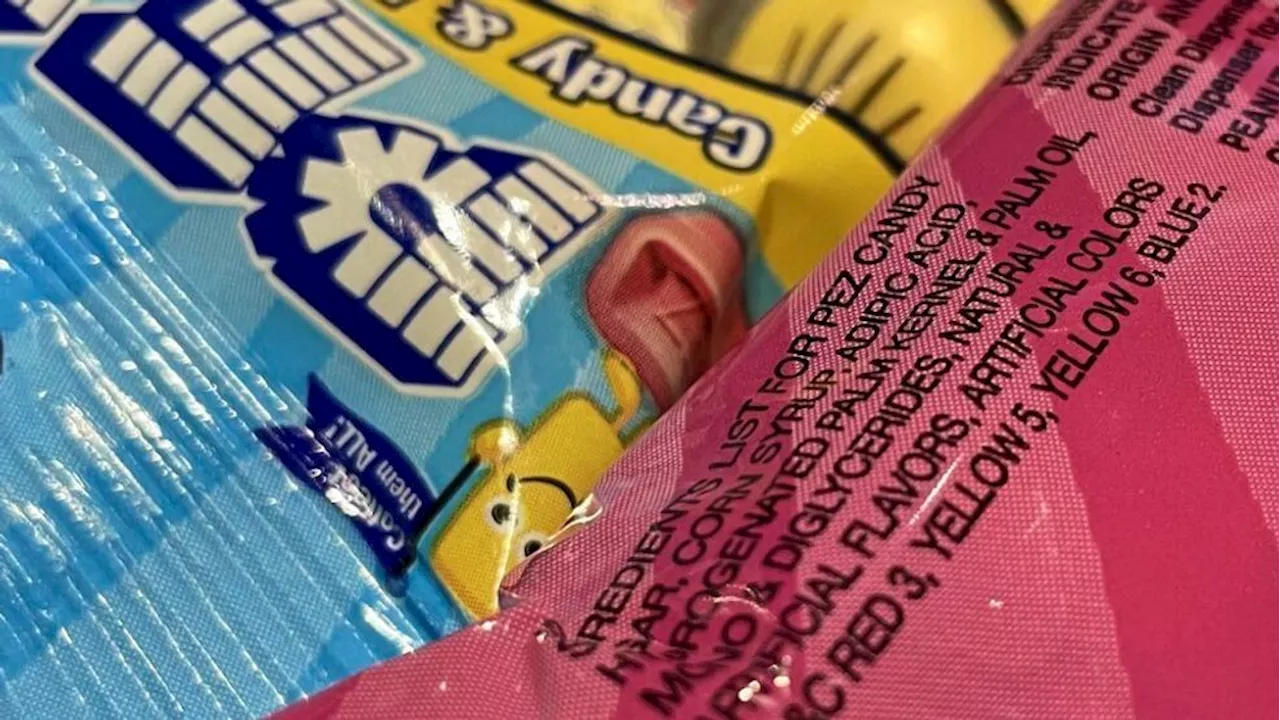 FDA Bans Red Dye No. 3 From Food Supply Over Cancer RiskThe U.S. Food and Drug Administration (FDA) has banned Red 3, a synthetic dye used to give foods a bright red hue, citing potential cancer risks in lab rats. This ban comes nearly 35 years after Red 3 was prohibited from cosmetics due to similar concerns. While the FDA acknowledges that the way Red 3 causes cancer in rats does not apply to humans, the Delaney Clause, a law requiring the ban of any additive found to cause cancer in humans or animals, necessitates this action.
FDA Bans Red Dye No. 3 From Food Supply Over Cancer RiskThe U.S. Food and Drug Administration (FDA) has banned Red 3, a synthetic dye used to give foods a bright red hue, citing potential cancer risks in lab rats. This ban comes nearly 35 years after Red 3 was prohibited from cosmetics due to similar concerns. While the FDA acknowledges that the way Red 3 causes cancer in rats does not apply to humans, the Delaney Clause, a law requiring the ban of any additive found to cause cancer in humans or animals, necessitates this action.
Read more »
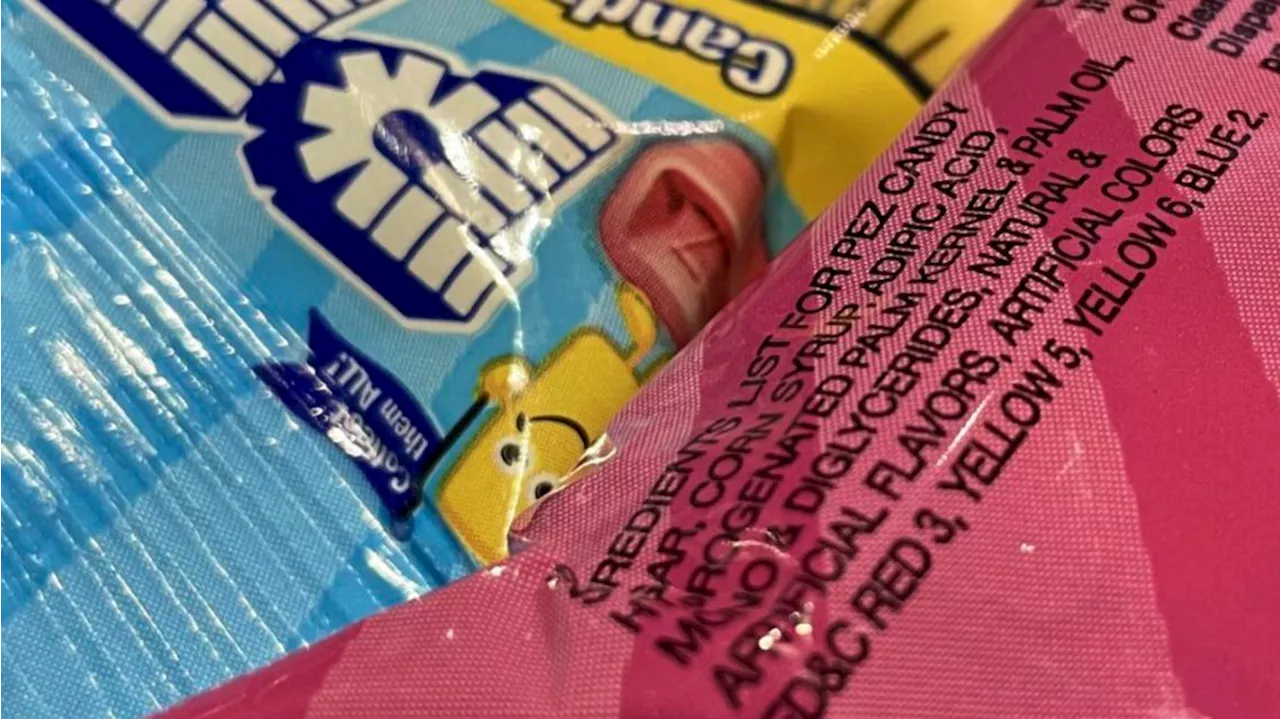 FDA Bans Red Dye No. 3 in Food, Citing Cancer Risk in RatsThe FDA has banned the use of Red Dye No. 3 in food and ingested drugs, citing studies that showed cancer in lab rats. The ban, effective for food manufacturers by January 2027 and drug makers by January 2028, comes after years of pressure from health advocates who argued that the dye poses a risk to human health. While the FDA stated the ban is based on the Delaney Clause, which prohibits additives causing cancer in humans or animals, it acknowledged that the way Red 3 causes cancer in rats doesn't apply to humans. The agency received a petition from two dozen food safety and health advocates in 2022.
FDA Bans Red Dye No. 3 in Food, Citing Cancer Risk in RatsThe FDA has banned the use of Red Dye No. 3 in food and ingested drugs, citing studies that showed cancer in lab rats. The ban, effective for food manufacturers by January 2027 and drug makers by January 2028, comes after years of pressure from health advocates who argued that the dye poses a risk to human health. While the FDA stated the ban is based on the Delaney Clause, which prohibits additives causing cancer in humans or animals, it acknowledged that the way Red 3 causes cancer in rats doesn't apply to humans. The agency received a petition from two dozen food safety and health advocates in 2022.
Read more »
 FDA bans red dye No. 3 from food, drinks and ingested drugs in the USThe move comes nearly 35 years after the dye was barred from cosmetics such as lipsticks because of potential cancer risk.
FDA bans red dye No. 3 from food, drinks and ingested drugs in the USThe move comes nearly 35 years after the dye was barred from cosmetics such as lipsticks because of potential cancer risk.
Read more »
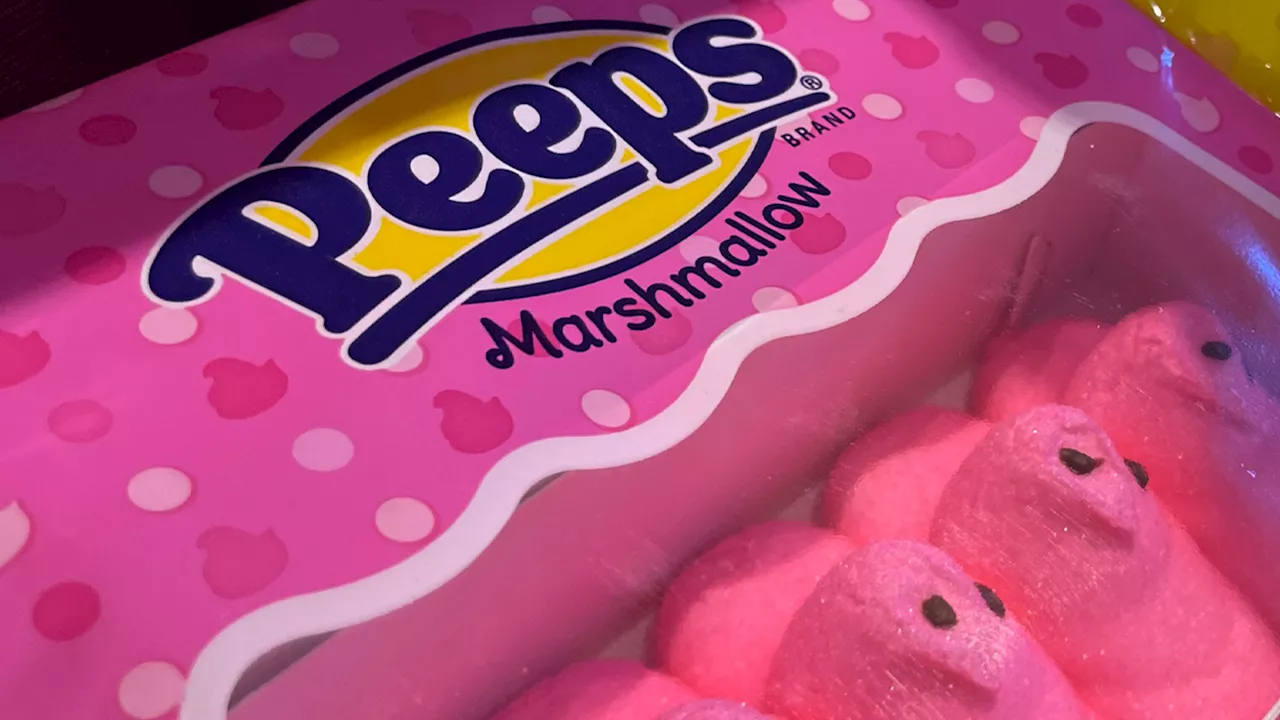 FDA Bans Red Dye No. 3 in Food and BeveragesThe US Food and Drug Administration (FDA) has finally banned the use of red dye No. 3, a synthetic food coloring linked to cancer in animals, in all food and ingested drug products.
FDA Bans Red Dye No. 3 in Food and BeveragesThe US Food and Drug Administration (FDA) has finally banned the use of red dye No. 3, a synthetic food coloring linked to cancer in animals, in all food and ingested drug products.
Read more »
